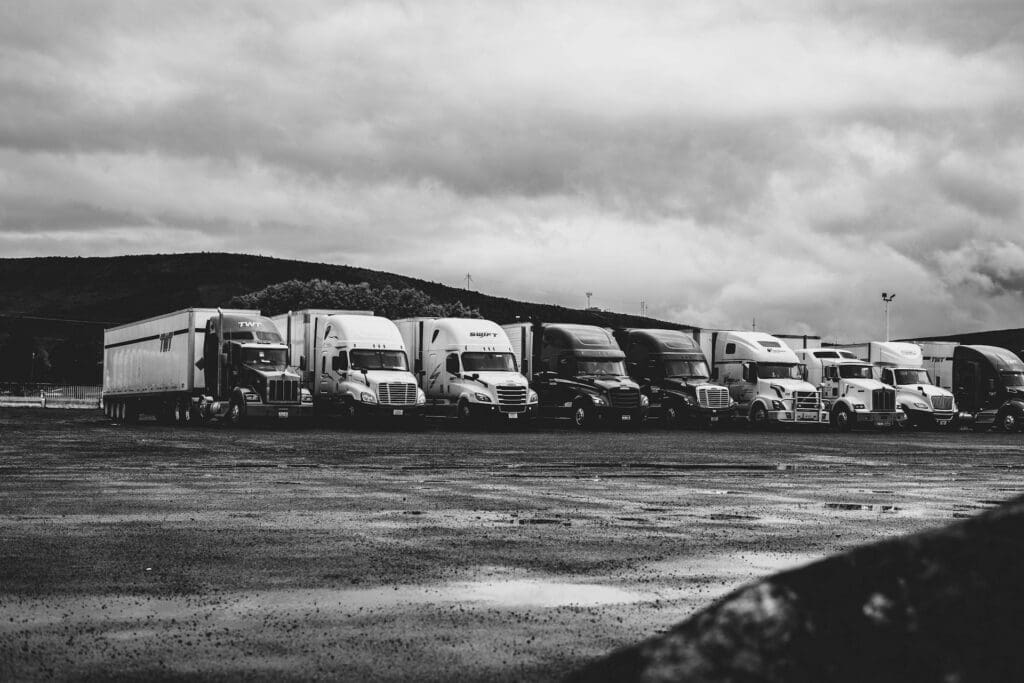
Winter conditions present significant challenges for freight transportation, making road safety a paramount concern. For fleet managers, truck drivers, and logistics coordinators, ensuring that freight trucks are equipped to handle icy roads and snow-covered highways is crucial for maintaining schedules and preventing accidents. This guide explores the critical role of snow chains in enhancing the safety and efficiency of freight trucks during winter, covering everything from the types available to maintenance best practices.
Snow chains, sometimes referred to as tire chains, are essential accessories for freight trucks operating in winter conditions. By providing the necessary traction to navigate through snow and ice, snow chains help prevent slippage and accidents, ensuring that goods reach their destinations safely and on time. With various types available, including cable chains, link chains, and automatic chains, selecting the right snow chains for your fleet is a key step in winter preparedness.
Selecting the right type of snow chain is crucial for maximizing safety and efficiency. Cable chains are lightweight and easy to install, making them a popular choice for trucks that face mild winter conditions. Link chains, on the other hand, offer more durability and grip, suited for heavy-duty trucks navigating through severe snow and ice. Automatic chains, which deploy with the push of a button, provide convenience and rapid response for trucks that frequently encounter changing road conditions.
Understanding the specific needs of your fleet and the typical weather conditions you face will guide you in choosing the most suitable snow chains. This decision not only impacts the safety of your drivers and the integrity of the cargo but also the overall operational efficiency of your fleet.
The use of snow chains goes beyond mere regulatory compliance; it's about ensuring the safety of your drivers and the reliability of your delivery schedules. Snow chains significantly improve traction on icy roads, reduce the risk of slippage, and enhance the overall safety of freight trucks. This increased grip on the road surface not only protects drivers and cargo but also contributes to more predictable delivery times, even in adverse weather conditions.
When selecting snow chains, consider the size and weight of your trucks, as well as the tire size and type. It's essential to choose chains that fit your tires perfectly to prevent damage to the vehicle and ensure maximum effectiveness. Furthermore, consider the material of the snow chains; those made from hardened steel offer durability and longevity, while lighter materials may provide adequate performance with easier handling.
Proper installation is critical for the effective use of snow chains. Always follow the manufacturer's instructions carefully to ensure that the chains are fitted securely and evenly. Regularly inspecting and maintaining your snow chains can significantly extend their life and performance. Clean and dry them after use to prevent rust, and check for any signs of wear or damage before storing.
At Star Freight Services, we understand the challenges winter weather poses to freight transportation. We encourage our readers to evaluate their current winter preparedness plans and consider the integration of snow chains into their fleet management strategies. As a knowledgeable and reliable partner in winter freight solutions, we invite you to contact us for more information on snow chains or to discuss your freight needs. Together, we can ensure that your operations remain safe and efficient, regardless of the weather.